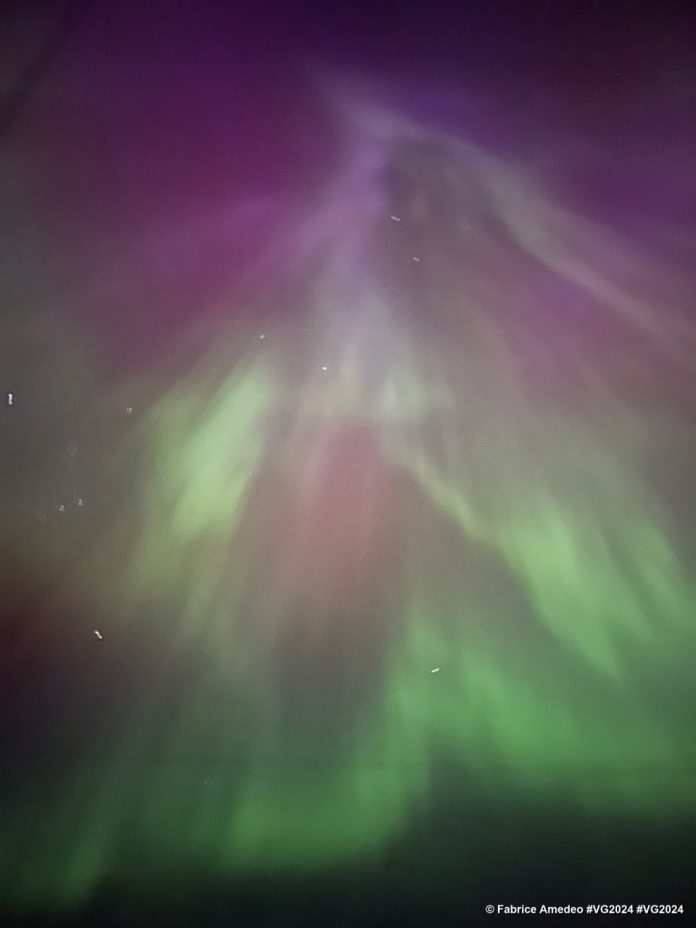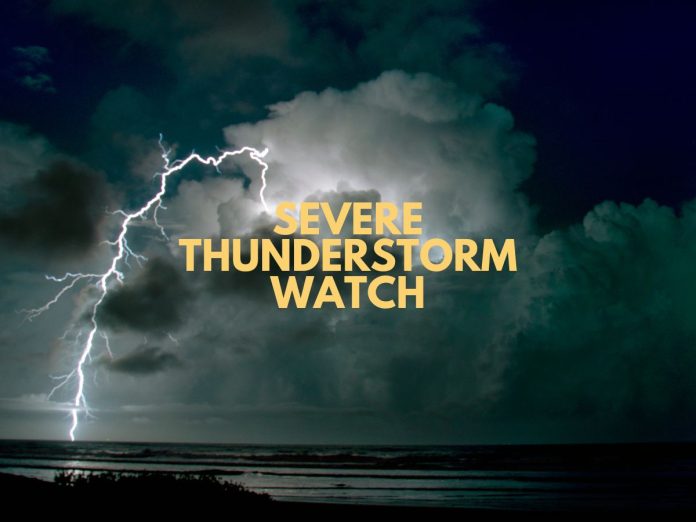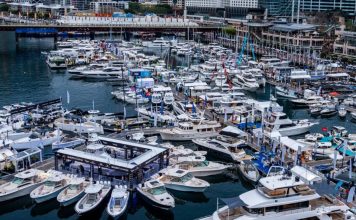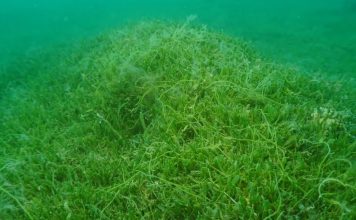The most active weather arrives Tuesday and Wednesday, with the most dangerous conditions in Fiordland and the southwest, but the upper North Island faces the first wave of rain and rising swells.
Northland to East Cape
Northland, Auckland, Coromandel, Bay of Plenty and Gisborne sit under a developing northeasterly flow today, with conditions deteriorating from Tuesday.
Winds and seas
Today brings light to moderate northeast winds across most northern waters. Seas remain slight, but this changes quickly on Tuesday.
Coromandel coastal waters move into a Strong Wind Advisory, with northeast winds rising to 25 knots gusting 35 knots by evening, and the sea becoming rough.
Bay of Plenty remains outside the coastal warnings, but the same strengthening NE flow will make conditions uncomfortable on exposed coasts and headlands.
Swells
Today’s easterly swell hovers near 1 metre, but Tuesday sees a northeast swell rising to around 2 metres, especially north of East Cape. Expect steeper seas in wind-against-tide situations, particularly over the shallow banks across the Hauraki Gulf and around Tauranga Harbour entrance.
Heavy rain
Heavy Rain Warnings sit over Coromandel Peninsula and Bay of Plenty from Tuesday afternoon through Wednesday.
Coromandel: 140 to 160mm
Bay of Plenty: 150 to 200mm
These totals will push rivers and streams hard. Bar crossings will see stronger outflows, and visibility will be poor during downpours.
Overall, the upper North Island faces messy seas, increasing swell and hazardous visibility from late Tuesday into early Thursday.
Western North Island: Waikato to Taranaki
A mainly fine Monday gives way to occasional rain from Tuesday afternoon.
While marine warnings are not currently in force here, expect freshening northerly winds, short-period wind waves and reduced visibility at times.
A broader Heavy Rain Watch covers the wider Waikato region, with accumulations approaching warning levels on Tuesday–Wednesday. This may affect river mouths and harbour entrances.
Taranaki faces a similar pattern, with periods of heavy rain and winds tending northerly. The exposed west coast will feel the full impact of the offshore pressure gradient, with choppy seas and the chance of stronger gusts in squalls.
Lower North Island: Whanganui to Wellington, plus Hawke’s Bay and Wairarapa
The lower North Island holds onto some fine weather through Monday, but rain spreads south on Tuesday evening.
Northerlies freshen ahead of the trough, and although no swell warnings are issued for Wellington or Wairarapa, the Cook Strait area will see increasing northerly quarter winds, making for lumpy, confused seas around tide changes.
Hawke’s Bay and Wairarapa sit on the eastern edge of the incoming system, with rain developing Tuesday night. Seas remain moderate but messy under the northerly flow.
A Heavy Rain Warning is not in force here, but rainfall could still be significant enough in localised areas to affect bar entrances and visibility.

Nelson, Marlborough and Cook Strait
Cloudy periods today, with scattered rain tomorrow.
Winds remain below warning levels, but Cook Strait will feel the strengthening northerly flow funnelling between the islands. Expect sharp chop, especially when the northerly meets an outgoing tide.
Swell remains moderate on the eastern side, but west-facing areas, including the outer Marlborough Sounds, may feel some bounce from the Tasman.
Buller and Westland
Westland and Buller see the first major weather shift on Monday evening, with showers turning to heavy rain in Westland overnight and continuing through Tuesday.
Heavy Rain Warning
Westland is forecast to receive 150 to 200mm in 18 hours on Tuesday, with isolated high totals possible. Rivers rise rapidly here, and bar conditions turn treacherous.
Swells and seas
Northwest swells build significantly through Tuesday, with 3 to 4 metre swells likely along exposed sections of the West Coast. Seas become very rough, especially during stronger gusts in the northerly.
Fiordland and the Deep South: the most severe conditions
The worst of the marine weather sits across Milford, Puysegur and the Fiordland coast, where storm-force winds and very high seas pose serious risk to boating activity.
Milford
Today: Northeast winds building to 40 knots, rising to 50 knots in the evening. Seas becoming high, with a northerly swell rising to around 5 metres.
Tuesday: Northeast 45 knots before a shift to northwest 25 knots in the morning, easing to 15 knots later. Seas ease slowly but the 5 metre swell only reduces gradually, with a building 2 metre southwest swell joining it.
Puysegur
Today: Northerly winds 50 knots west of West Cape, rising to 60 knots this evening. Seas very high. Northwest swell rising to around 5 metres.
Tuesday: Northerly 55 knots, easing to northwest 25 knots in the morning, then rising again to 40 knots in the evening. Swells remain large, with the southwest swell near 2 metres.
These are dangerous conditions: storm warnings, very high seas, heavy rain and large long-period swells all occurring together.
Otago, Canterbury and Southland
Southland and Otago see scattered rain developing Tuesday, with coastal waters exposed to the wider Tasman gale belt.
South of Stewart Island, swells increase under the northerly and northwesterly flow, with short, steep seas at the top of Foveaux Strait.
Canterbury remains relatively sheltered at first, though high cloud thickens Tuesday. Swell effects here come mainly from wind waves, not long-period systems.
National summary for boaties
Upper North Island: NE winds rising Tuesday, heavy rain for Coromandel and Bay of Plenty, northeast swell increasing to 2 metres.
Central NZ: Freshening northerlies, choppy seas in Cook Strait, patchy rain Tuesday–Wednesday.
West Coast: Heavy rain and 3 to 4 metre northwest swells, very rough seas.
Fiordland and Puysegur: Storm-force winds, 5 metre swells and very high seas. The most hazardous waters in NZ this week.
Deep South: Rising swells and strengthening northwesterlies through Tuesday.
Over the next 48 hours, conditions deteriorate from North to South, with the most extreme hazards building in the southwest. For many areas, especially Fiordland and the West Coast, this is a stay-tied-up pattern. Keep watching the updates as warnings evolve.























